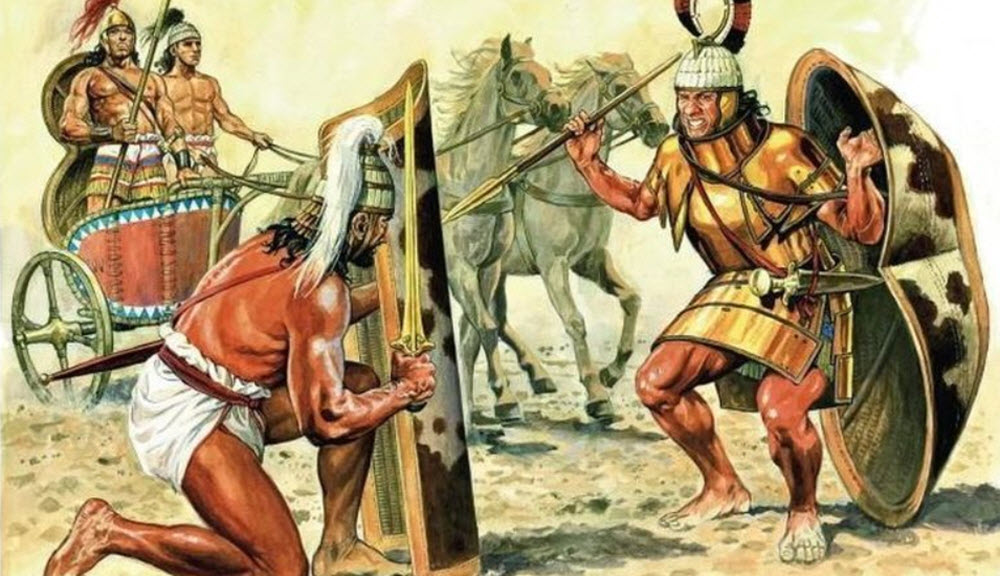Mycenean Greece, also known as the Mycenaean civilization, was a civilization on mainland Greece that lasted from circa 1600 BC to circa 1100 BC, during the laste phase of the Bronze Age in Ancient Greece. It is the oldest known advanced and distinctively Greek civilization on mainland Greece.
Mycenae was the centre of Mycenaean Greece, but several other cities were also important in this civilization, including Athens, Thebes, Iolcos (in Thessaly), Midea, Tiryns, Pylos, Orchomenos, and Peloponnese.
During its height, the Mycenean civilization dominated much of southern Greece, Crete, the Cyclades islands, and parts of south-western Anatolia. Mycenean and Mycenaean-influenced settlements also appeared in other regions, including the coast of Asia Minor, the Levant, the island Cyprus, the Italian peninsula, Epirus, Macedonia, and on several islands in the Aegean Sea.
The Mycenaean Civilization perished as a part of the much larger Late Bronze Age collapse, where the palace-centered societies and economies of the Aegean region and Anatolia disintegrated. After this collapse, what remained was small village cultures that we know very little about.

Why is it called Mycenean Greece?
It is named after Mycenae, the focal point of the civilization. Mycenae (Ancient Greek: Mykene) was located roughly 11 km north of Argos, in the north-eastern part of Peloponnese. It was a military stronghold consisting of both a town and a citadel. At its peak in 1350 BC, approximately 30,000 people lived here.
In Greek legend, Mycenae was founded and named by Perseus, a son of the god Zeus and the mortal Danaë. He is said to have named it either after a mushroom (mykēs) that he picked on the site or after the cap (also mykēs) of the sheath of his sword.
Warfare
Mycenaean Greece consistied of a network of palace-centered states and had a complex political system. There was a king, known as the wanax.
Warfare was important and a warrior elite class occupied the top levels of society. This was a society that invested a lot in its military and took care to improve its military infrastructure. The palatial centres directly supervised aspects of this, such as military production and logistics.
According to the preserved Greek Linear B record in the palace of Pylos, each damos (rural community) in Mycenaean Greece had to provide the army with a certain number of men. There was also a similar system in place for families belonging to the aristocracy.
A lot of Mycenaean weapons have been found, and we can also see warriors and combat scenes depicted in a lot of surviving Mycenaean art.
The early mycean army was based on heavy infantry, where the men fought using spears. They protected themselves with shields, and in some instances armor. The boar tusk helmet was worn by members of the army throughout the Mycenaean Civilization.
In the 13th century BC, the military was reorganised to become more flexible, and many of the weapons became less heavy than before. The spear was still the most important of the weapons.
Examples of weapons used by the Mycenaean army:
- Spear
- Sword
- Bow
- Mace
- Ax
- Sling
- Javelin (spear for throwing)
This article was last updated on: July 8, 2020


Recent Comments